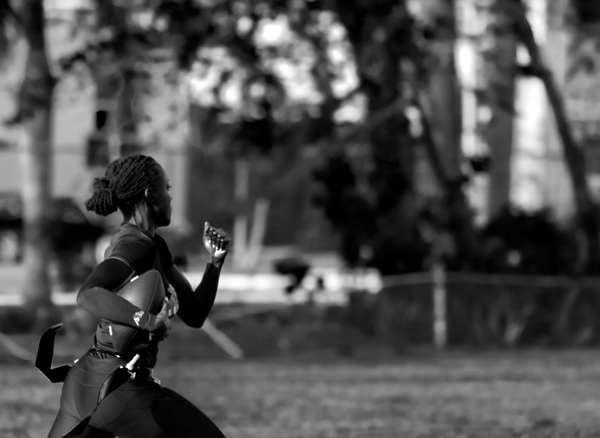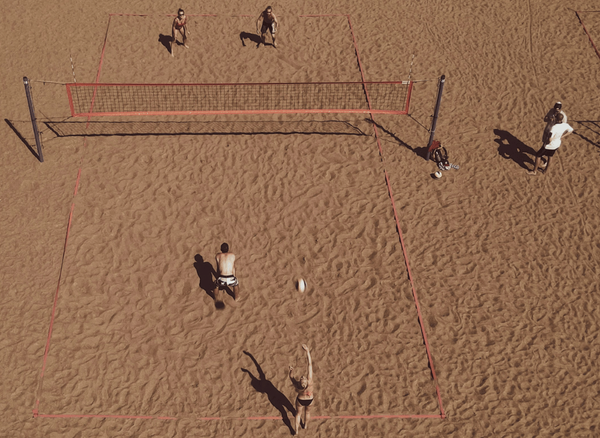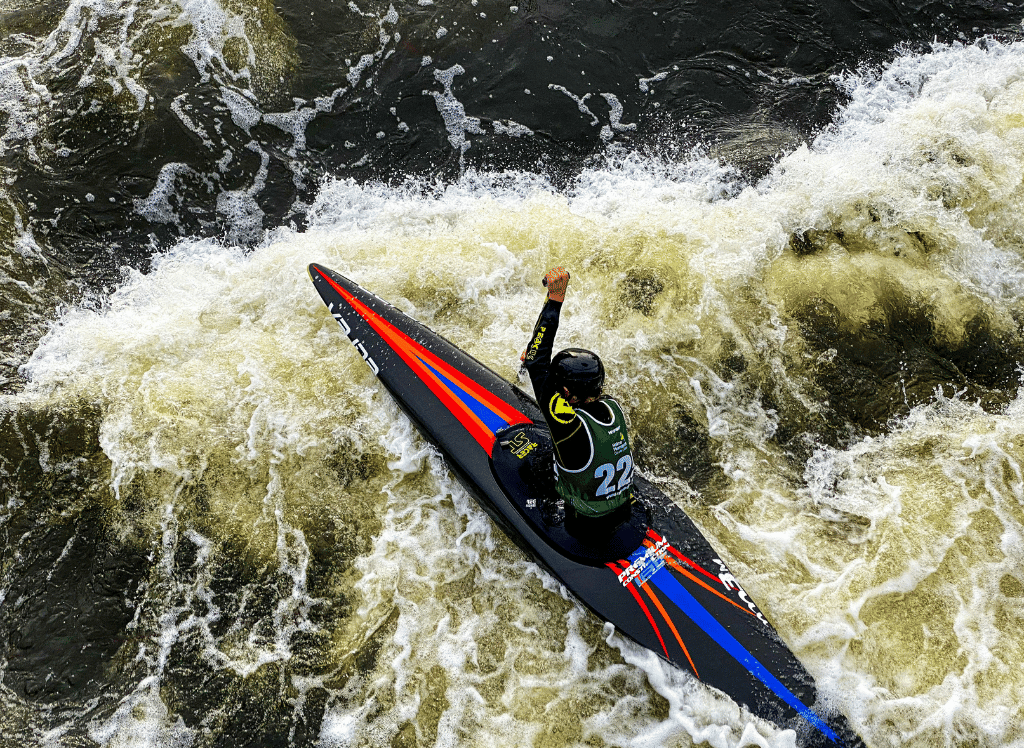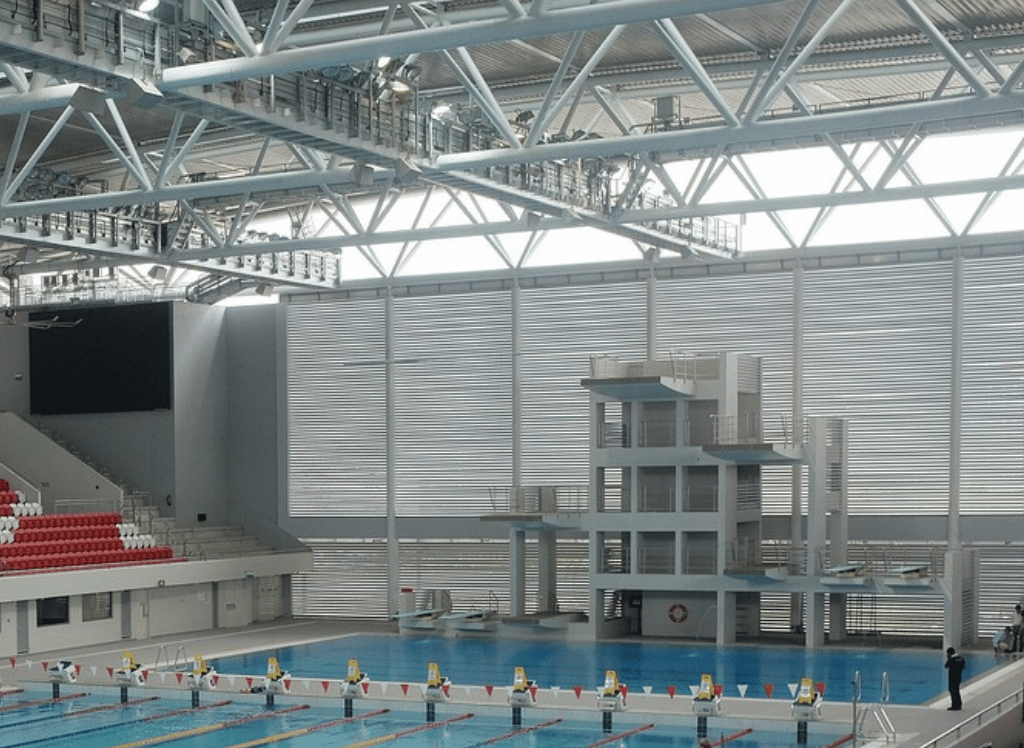Curling is a winter sport that often leaves people scratching their heads. Imagine a game of chess played on ice, but with more shouting and sweeping. This sport, which involves sliding granite stones towards a target, is both strategic and physically demanding. Let's sweep into the quirky world of curling and uncover what makes it so captivating.
What Sport is Curling?
Curling is a team sport played on a sheet of ice where two teams take turns sliding round stones made of granite towards a target known as the house. Each team consists of four players: the lead, second, vice-skip, and skip. The skip is the team captain and strategizes the game, while the vice-skip takes over when the skip is delivering stones.
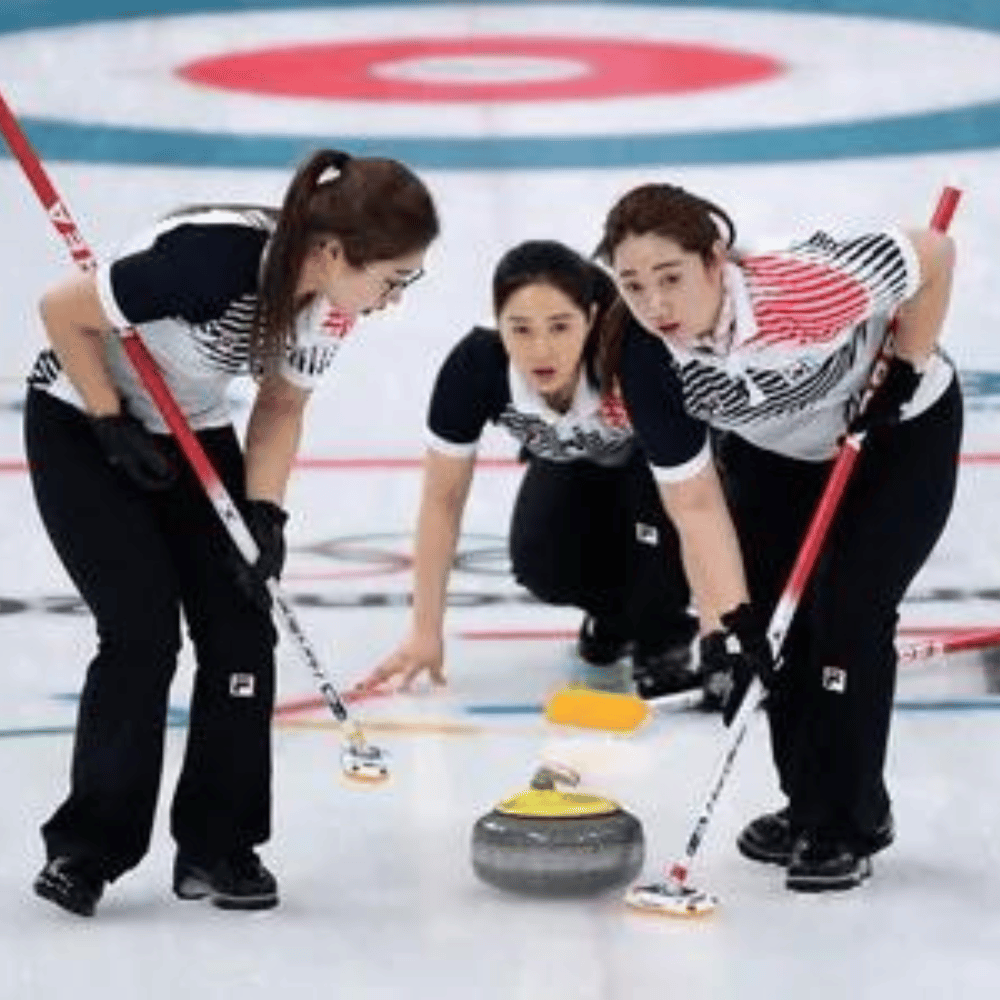
The game is played in "ends," similar to innings in baseball. Each end consists of both teams delivering eight stones each. The objective is to have your stones closest to the center of the house, which is marked by a series of concentric circles. The team with the stone closest to the center scores points for that end.
Ice Surface and Equipment
Curling is played on a specially prepared ice surface known as pebbled ice. This ice is not smooth but has tiny bumps created by spraying water droplets onto the surface. These bumps reduce friction and allow the stones to curl, or curve, as they travel down the ice.
Players wear special curling shoes, with one shoe having a slippery sole for sliding and the other having a grippy sole for traction. They also use brooms or brushes to sweep the ice in front of the moving stone. Sweeping reduces friction and helps control the stone's speed and direction.
The Art of Stone Delivery
Delivering a curling stone is a skill that requires precision and finesse. Players start from a crouched position and slide out from the hack, a foothold at one end of the sheet. They release the stone with a gentle spin, which causes it to curl as it travels down the ice.
The path of the stone is influenced by the amount of spin, the speed of delivery, and the condition of the ice. The skip directs the delivery, indicating where the stone should be aimed and how much curl is needed. The other team members sweep the ice to adjust the stone's trajectory and distance.
Scoring and Strategy
Scoring in curling is straightforward but requires strategic thinking. At the end of each end, the team with the stone closest to the center of the house scores one point for each of their stones that is closer than the opposing team's nearest stone. Only one team can score in each end.
Strategy plays a crucial role in curling. Teams must decide whether to play offensively, aiming to place their stones in scoring positions, or defensively, trying to block or remove the opposing team's stones. The skip's ability to read the ice and anticipate the opponent's moves is vital for success.
The Free Guard Zone and Power Play
The free guard zone is a rule that prevents teams from removing certain stones from play early in an end. This rule encourages more strategic play and prevents teams from simply clearing the ice of their opponent's stones. Stones in the free guard zone can be used to set up scoring opportunities or protect valuable stones in the house.
In mixed doubles curling, teams have the option to use a "power play" once per game. This allows them to reposition the stones at the start of an end, creating a more favorable setup for scoring. The power play adds an extra layer of strategy and excitement to the game.
The Thrill of the Last Stone Draw
The last stone draw, also known as the hammer, is a crucial aspect of curling. The team with the last stone advantage will start the end with a significant strategic edge. The hammer allows the team to have the final say in the end, often determining the outcome of the game.
Teams aim to retain the hammer by scoring points in an end or forcing the opposing team to score only one point. The last stone draw requires nerves of steel and precise execution, as it can make or break a team's chances of winning.
Curling in the Olympics and Paralympics
Curling is a popular sport in the Olympic and Paralympic Winter Games. It features medal disciplines for men's, women's, mixed doubles, and wheelchair curling teams. The sport's inclusion in the Olympics has increased its visibility and popularity worldwide.
Wheelchair curling follows similar rules to traditional curling but is played without sweeping. Teams use delivery sticks to slide the stones and rely on precise aim and strategy. The sport's accessibility and competitive nature make it a thrilling event to watch.
The Social Side of Curling
Curling is not just about competition; it's also a social sport. The tradition of "broomstacking" involves teams sharing a drink and socializing after a game. This camaraderie and sportsmanship are integral to the curling community.
Curling clubs, such as the Royal Caledonian Curling Club, provide a welcoming environment for players of all skill levels. These clubs offer opportunities to learn the game, participate in leagues, and enjoy the social aspects of curling.
The Sport Curling FAQs
What is the objective of curling?
The objective of curling is to slide granite stones towards a target known as the "house" and have your stones closest to the center. Teams score points based on the number of stones closer to the center than the opposing team's nearest stone.
How many players are on a curling team?
A traditional curling team consists of four players: the lead, second, vice-skip, and skip. In mixed doubles curling, teams are made up of two players, one male and one female.
What is the free guard zone in curling?
The free guard zone is a rule that prevents teams from removing certain stones from play early in an end. This encourages more strategic play and prevents teams from simply clearing the ice of their opponent's stones.
How does curling sport work?
Curling has two teams taking turns, sliding stones towards a target while aiming for strategic placements and scoring points. Each end, or round, consists of eight stones per team, with the goal of having more of your team's stones closer to the center than your opponent's. The team with the most points at the end of the game wins.
Where did the sport of curling originate?
The sport of curling originated in Scotland and dates back to the 16th century. It was played outdoors on frozen lochs (lakes) and ponds, using stones with handles from nearby riverbeds. The first curling club was established in Scotland in the early 1800s, and the sport quickly spread to Canada and other parts of the world.
What are some common terms used in curling?
Some common terms used in curling include:
- House: the target at the end of the sheet where points are scored.
- Button: the center of the house.
- Broom/Brush: a tool used to sweep and control the speed and direction of stones.
- Hack: starting block for sliding out of when delivering a stone.
- Skip: team leader responsible for strategy and directing shots.
- Draw weight: the amount of power needed to slide a stone from one point to another.
Who invented curling the sport?
The inventor of curling as a sport is unknown, as it has evolved over time from various forms of outdoor games played in Scotland. However, the first official rules for curling were created by Scottish men in the early 1800s, making Scotland widely credited as the birthplace of modern curling.
How do you play curling sport?
To play curling, two teams take turns sliding stones towards the house at the end of a sheet of ice. Team members use brooms to sweep in front of the stone to control its speed and direction. The goal is to have more of your team's stones closer to the center than your opponent's by the end of each round. Teams also use strategic placements and defensive plays throughout the game to gain an advantage. Whichever team has the most points after 10 ends (in traditional curling) or eight ends (in mixed doubles) wins the game.
Why is curling called a sport?
Curling is considered a sport because it involves physical skill, strategy, and competition. It requires athletes to have precise aim, strength, and coordination to slide the stones accurately down the ice. Additionally, curling has all the elements of a traditional sport: rules and regulations, organized competitions, and professional players. Its inclusion in major international events like the Olympics further solidifies its status as a legitimate and recognized sport.
Summary
Curling is a unique and engaging winter sport that combines strategy, skill, and teamwork. Whether you're sliding stones on pebbled ice or cheering from the sidelines, curling offers a thrilling experience for players and spectators alike. With its rich history, Olympic presence, and social traditions, curling continues to captivate and entertain people around the world.






